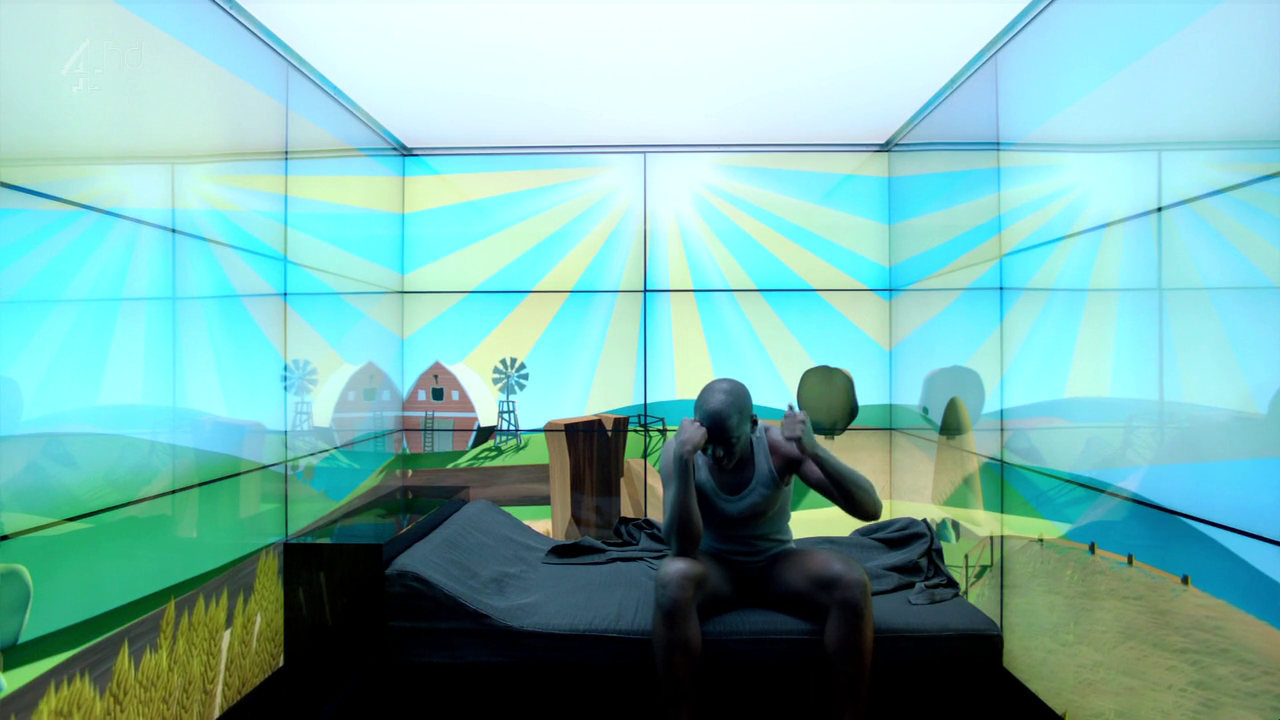Reflections
As for the the Enrichment II assignment I decided to go ahead with the idea of enriching part of a space of where wallabies roam freely about. First of all, I should mention that the idea could potentially be extended to any species that sees the environment in colour. Despite that some animals have slightly and/or radically different way of perceiving the world to make their lives easier, to make it more convenient for them to have access to particular types of food, escape any potential predators nearby and areas that could potentially do harm. Building upon that, I am curious to see whether projected environments, as I would call augmented or even as far as I would go and just call them virtual, although without placing any form of species into any widely known as virtual reality environments but, in order to further elaborate, project those spaces into empty, enclosed spaces by the use of a projection mapping device and a set of prisms and mirrors, refracting and bouncing light of each to throw and disperse the mapping all around the environment.
Effects that I could call as relatively similar to what I'm trying to achieve are attached underneath:

By augmenting the environment, there are a few things that I aim at achieving: introducing a new, unfamiliar environment to the animal by introducting a set of new visuals and auditory cues, along with perhaps adjusted temperature and humidity to emulate the environment. While with such a setting it would certainly be possible to augment a reality centered around humans, as they have developed a range of devices set for the purpose of themselves, to the extent of even calibrating all the machinery to imitate the exact representation of audiovisual environments perceived by humans or even augmenting them, I would expect to have such an environment not work appropriately at least straightaway perhaps just due to the fact of how the senses vary between the species. Nevertheless, I wonder if wallabies would feel comfortable to spend time at an environment that would resemble tropical forests and now while tammar wallabies can't survive when it's over 40 degrees Centigrade (and rendering such environments with temperature and humidity would certainly be have no sense and be expensive), perhaps they may become comfortable if it's just the forest itself, with appropriate sounds elicited by other animals and the temperature just appropriate for them. Or even environments resembling the north pole, perhaps not due to the representation of the north pole itself but perhaps just the set of visual cues of white and blue could appeal to them, rendering a new appropriate environment for them to rest at and spend time.
While I understand such an environment cannot be provided as a substitute to an actual, natural environment and the fidelity of the projection will never be of absolutely sufficient quality due to shadows generated by moving objects such as kangaroos themselves and just the resolution is not going to be ever appropriate. Nevertheless, it might be the case, that for kangaroos/wallabies/wallaroos who are not familiar with such new environments, may actually become interested. These particular species need to migrate (depending on the kangaroos, could go up to tens of kilometers of search for food) and so they need to be able to adapt to a variety of environments. I also think, many people like to travel. Some animals do travel for the purpose of their survival, think - many different birds, which will fly seasonally at times for thousands of kilometers. Perhaps kangaroos do not quite do that, certainly not wallabies but perhaps, despite there might not be one specific evolutionary benefit for them, they still may find some usecase of liking in such (environments) and hence, potentially lead to enriching their lives, in the end defining what enrichment is remains as a quite difficult task in term of refering that term to animals, especially wild and those placed in enclosures.
